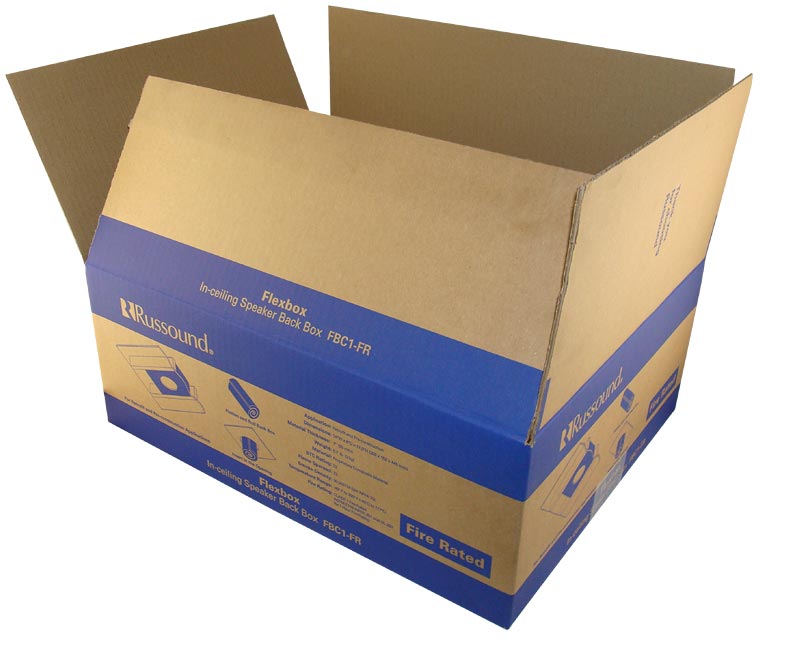Cost Efficient Shipping Box Measurements

Packaging plays a vital role in logistics, and one of the most important factors to consider is size. Businesses often overlook how much of an impact shipping box dimension and precise shipping box measurements can have on cost, efficiency, and product safety. The right box doesn’t just protect what’s inside, it streamlines shipping, reduces expenses, and improves customer satisfaction.
Understanding Shipping Box Measurements
A shipping box is typically made from corrugated cardboard and designed to withstand the rigors of transportation. Its purpose is to protect products during handling, storage, and delivery. Unlike lightweight retail cartons, shipping boxes are engineered for durability, offering structural integrity to carry both fragile and heavy items.
Shipping boxes come in a wide variety of sizes and strengths. Businesses can choose from single-wall boxes for lighter goods, double-wall boxes for moderate weight, or triple-wall options for industrial and heavy-duty shipments. The structure of these boxes, with fluted layers sandwiched between flat linerboards, provides cushioning against shocks and compression, ensuring goods arrive intact.
Why Shipping Box Measurements Matters
Accurate sizing is more than just convenience, it has direct financial and logistical benefits. Choosing the right shipping box ensures that products are neither too tightly packed nor floating around with excessive empty space.
Oversized Boxes
Using boxes that are too large leads to wasted space, higher shipping costs, and the need for extra filler materials like bubble wrap or paper. Couriers often calculate rates based on dimensional weight, so bigger boxes can significantly raise shipping expenses.
Undersized Boxes
Boxes that are too small can result in items being squeezed or damaged during transit. Fragile goods, in particular, are at risk when there isn’t enough room for protective padding.
Correctly matched box sizes also improve warehouse efficiency. Stackable, uniform boxes make storage and inventory management easier, reducing clutter and maximizing available space.
Typical Uses and Products Shipped in Boxes
Food and Beverage Industry
Non-perishable food items, packaged snacks, and bottled beverages are often shipped in sturdy corrugated boxes that protect them during transport.
Electronics and Fragile Goods
Items such as laptops, cameras, and glassware require strong, well-sized boxes that can handle added layers of protective padding.
Industrial and Bulk Products
Heavy-duty shipping boxes are used to move machinery parts, automotive tools, and other industrial equipment. Their strength and stackability make them ideal for warehouse and pallet shipments.
Household and Miscellaneous Items
Everyday items such as décor, kitchenware, or cleaning supplies are typically transported in shipping boxes of standard sizes, making distribution cost-effective.
No matter the industry, the principle remains the same: a box must be strong enough to handle the journey while sized appropriately for its contents.

